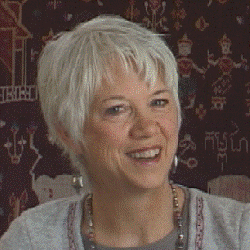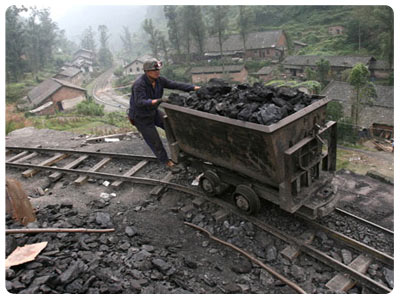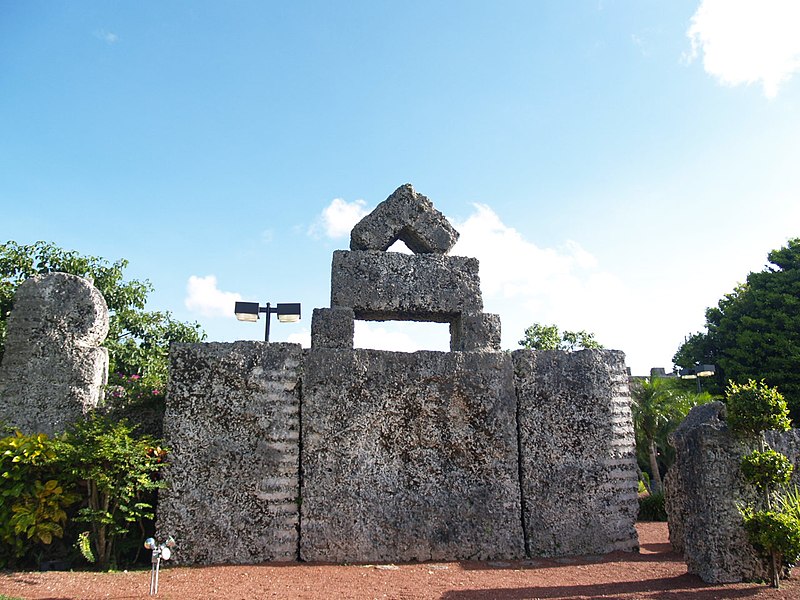 |
| "Ancient Midwives" (2008) |
“There was a time when you were not a slave, remember that. You walked alone, full of laughter, you bathed bare-bellied. You say you have lost all recollection of it, remember . . . You say there are no words to describe this time, you say it does not exist. But remember. Make an effort to remember. Or, failing that, invent.”― Monique Wittig
Meg Ryan: "Would you allow your son to marry a girl who has not been cut?"
Somali mother: "No. God doesn't allow her not to be circumcised."
From Half of the Sky Documentary (2012)
 I watched Half of the Sky again, the extraordinary documentary that aired on National Geographic and was produced by journalists Nicolas Kristof and Sheryl WuDunn, as it is now available on Netflix. Once again I was impressed with how important this documentary is, how tragic in its scope, and how inspiring to encounter women who have lived through such experiences and become heroes. What is most inspiring is to realize that at last the terrible inequity of women, especially in poor nations, is at last being addressed. But there is so very far to go. This documentary cuts no corners. As an artist and a feminist, it renews my sense of the importance of the Return of the Goddess, the need we all have to participate in re-mything culture.
I watched Half of the Sky again, the extraordinary documentary that aired on National Geographic and was produced by journalists Nicolas Kristof and Sheryl WuDunn, as it is now available on Netflix. Once again I was impressed with how important this documentary is, how tragic in its scope, and how inspiring to encounter women who have lived through such experiences and become heroes. What is most inspiring is to realize that at last the terrible inequity of women, especially in poor nations, is at last being addressed. But there is so very far to go. This documentary cuts no corners. As an artist and a feminist, it renews my sense of the importance of the Return of the Goddess, the need we all have to participate in re-mything culture. How terrible to imagine a deity that demands women not only cover themselves for shame, but that women be punished for having female genitals, the literal source of life, at 7, or 8, or 9 years old? How terrible to think that this is so in the 21st century, right here and now, and not in some distant feudal past. There are approximately 100 million girls and women who have had this done to them in Africa and the Middle East. 100 million! And to view this documentary, to see the magnitude of the practice of selling little girls, as young as 4 years old, into brothels...........is to realize that slavery never ended.
And although we are so much more fortunate, it's important to remember that there are people in Congress right now who want to take away birth control and health benefits, such as mammograms, from women, who would force a young girl who has been raped to bear a child. We need to re-myth our world indeed, because as the authors of this documentary point out, this is the moral issue of our time. That's what the Return of the Goddess is about.
Yonis
 |
| Large Carved Yoni on Indian Hill, Anza-Borrego |
 |
| Yoni near Canebrake, Anza Borrego |
 |
| "Venus" painting, Chauvet Cave, 30,000 BC |
 |
| Mandorla by Judith Anderson |
 |
| The Black Stone of Ka’aba - al-Hajr al-Aswad |
The Kaaba Stone
Many believe that, speaking of sacred yoni stones that also mark pagan sites, the Kabbah of Mecca is undoubtedly the most famous. And ironic, on many levels.
The site of the Kabbah stone is a very ancient Arabian sacred site, that was a point of pilgrimage long before the advent of Islam. The black stone is probably a meteorite. It has been broken several times.....as a central icon or power object in the course of Islamic history, it has been stolen and attacked. The stone is now reconstructed, and bound together by a silver ligature that is semi-circular (!!!) and measures about 10 inches horizontally and twelve inches vertically.
(Tor Andrae, writing of pre-Islamic Arabia:)
"Ibn al Kelbi reports that Manat was a large stone in the territory of the Hudhail tribe, that Allat was a rectangular stone upon which a Jew used to grind wheat, and that Sa'd was a high block of stone in the desert. In some cases the divinity was identified with a particular part of the natural rock......But specially erected stones might also serve as the dwelling-places of the divinity or the seats of power. The most famous of all of the stone fetishes of Arabia was, of course, the black stone in the sanctuary of Mecca. The Ka'ba was, and still is, a rectangular stone structure. Built into its Eastern corner is the black stone which had been an object of worship for many centuries before Mohammed appropriated the Ka'ba for his new religion, and made the pilgrimage to this holy place one of the pillars of Islam.
(Mohammed: The man and his faith, Tor Andrae, 1936, Translated by Theophil Menzel, 1960, p13-30)***
 |
| Pilgrim preparing to kiss the Black Stone |
No one really knows what significance this stone, or site (which had, in pagan times, a simple open air shrine in the shape of a cube, hence, the "Kaaba", or Cube, structure of the present day shrine) had to the ancient peoples who made pilgrimage there, except that there were previous traditions of honoring special sites and stones. Allat (Al-lat) was apparently an ancient mother and fertility goddess of the pre-Islamic Arabs at Mecca, although I also read that she was considered an underground goddess, which would perhaps identify her with the Earth Womb. Her name means literally "the Goddess". Allah means "God, or Creator". This figure of great antiquity is one of a trinity of desert goddesses, the "daughters of Allah" that are named in the Koran. There is evidence as well that the Moon was associated with this Goddess or Goddesses. Al-Uzza (goddess of the morning star) and Menat (goddess of fate and time) were the other names of the goddesses in this trilogy. These deities, as well as Djinn associated with the site, would have been prominent in Mecca during Mohammed's lifetime.
Whether the Kaaba stone was once revered as an ancient earth Yoni or not, it is very interesting symbolically to consider it's current housing and shape. Jung might have something to say about this. It is also amazing to consider, from a symbolic point of view, that millions of people, here in one of the most contentious places on earth because of oil, the life-blood of the Mother, annually circle a 4-sided building that houses an ancient stone, possibly once devoted to a local Goddess, that is made of silver like the moon, and is shaped like a Yoni.
 |
| Muslim pilgrims, clothed in white, circle the Kaaba inside the grand mosque in Mecca. Photo: AP / Hasan Sarbakhshian |
 Carved Yoni near Solstice Cave, Upper Indian Valley, Anza-Borrego State Park |
 |
| From the Sixty-Four-Yogini temple at Bheragat. Madhya Pradesh, 12th century. |
 |
| Sheela-Na-Gig, Ireland, 11th Century |
 |
| Medievil Icon - figure is inside a "Vesica Pisces" |
** http://home.sandiego.edu/~gennero/Petro.html
***http://www.bible.ca/islam/islam-meteorite-worship.htm



















